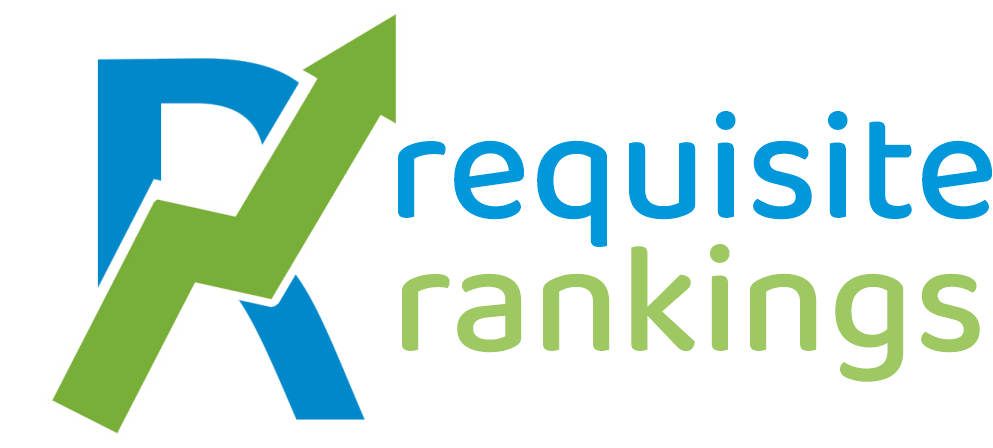
Case Study Information
- Project name: Michael Innovations Pvt. Ltd.
- Category: SEO
- Client: Michael
- Complete Date: Ongoing
Share:
Michael Innovations Pvt. Ltd.
For field sales, Michael Innovations Pvt. Ltd. provides CRM SFA software. They support you in achieving your business objectives on the ground and start working together with your distributors, clients, and field sales staff to increase sales output. They put a lot of effort into developing technologies that go well beyond digitalization and automation. Choose an AI-based system to increase field sales.
Objective:
The campaign's objective was to boost sales and conversion rates.
The difficulties we encountered were:
- Selecting a keyword with a commercial aim - Bringing in relevant traffic - Achieving top ranks for category pages - Boost salesOur SEO Work Strategy
To begin, we conducted a requirement study to fully comprehend the needs of the customer. This is the SEO plan we developed to assist them in boosting organic traffic and achieving their company objectives.
Website Study
The analysis of the website was the first step in improving website traffic. Here, we looked at the UI/UX, visuals, and content of various website components. Our goal was to find and fix any problems that were impeding website users' ability to use it effectively. It offers information about the website's areas that require improvement in order to boost organic traffic. It is the ideal place to start when developing an SEO strategy.
Keyword analysis
The precise search terms a user enters in the search field to find a particular query are known as keywords. It is a crucial component of the content marketing plan. The main goal of content marketing is to structure material around particular search phrases. In order to identify the ideal keywords to assist their marketing plan, we focused on crucial audience characteristics. After doing our study, we chose to start with long-tailed keywords because they were simple to rank for and generated relevant traffic.
Examining the Content
Improvising keywords was crucial for the website's content. In order to discover relevant fitments for applicable keywords, we examined the website's content. The next step was to start writing new material so that we could include the remaining keywords in it. In order to identify the content gaps, we set out to study the existing online information in that particular area. After that, we developed the content and optimised key phrases.
A study of competitors
The practice of locating and examining the marketing tactics of rivals is known as competitive analysis. It gives a marketer access to the industry-specific trends and promotional strategies required to meet their marketing objectives. We started by identifying direct competitors of our clients. After that, we scraped their website to discover the covert strategies they had been employing to draw in their target market. We improvised a marketing plan for our customers using the information we learned from the competitive study.
Developing the SEO Strategy
We picked up a lot of strategies from the competition and gap analysis. These strategies have to be meticulously documented for this phase. An SEO strategy is nothing more than a collection of crucial marketing strategies used to accomplish certain marketing objectives.We created a schedule for the implementation strategies. The intention was to give our SEO specialists a pre-built framework for execution procedures.
Putting the SEO Strategy into Practice
The long-tailed keywords were our primary emphasis at the start of the SEO campaign. These were reasonably priced and had few competitors vying for their business. At the start of the implementation phase, it allowed us to experiment. To help the search engine crawler determine the relevance of the material and grant access to the appropriate audience, we optimized key phrases into the meta tags during the first week of our deployment process. Linking our client's website to authoritative and pertinent websites was the next goal of the implementation process.
Result
To link the website of our customers to several reliable and pertinent websites, we improvised a variety of efficient link-building tactics. It sent out encouraging signals to search engine bots, which helped the website gain ground on search engine result pages (SERPs).
We saw a modest improvement in website rankings not long after all of these strategies were put into practice. Within the first 5 to 6 weeks of the implementation process, the website began to rank on the first page of Google for a number of keywords. Additionally, we placed special emphasis on the blog titles, and as a result, the website's click-through rates suddenly increased.
